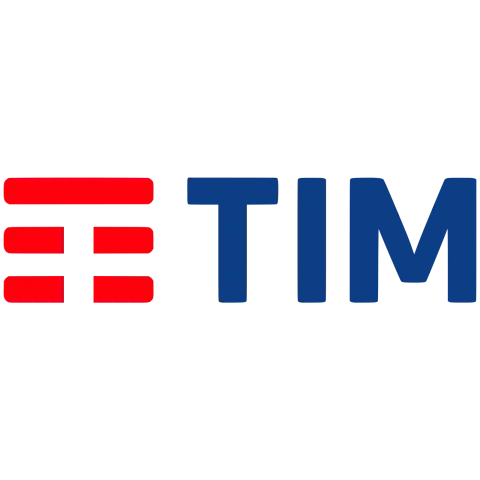
3G Network
The company operated conventional 900/1800 MHz 2G GSM services, along with 3G UMTS services over B1 (2100 MHz) and B5 (850 MHz) since April 2008. In 2014 TIM launched additional 3G services over the B8 (900 MHz) band to improve congestion in metropolitan areas.
3G Frequency Bands
| Network Frequency Band | Status |
|---|---|
|
Active
|
|
|
Active
|
3G Network Events
| Date | Event | Subtype |
|---|---|---|
|
|
Launch of 3G Network
|
Launch
|
4G Network
TIM initially launched 4G LTE services over B7 (2600 MHz) in April 2013, adding B3 (1800 MHz) in January 2015. After 700 MHz spectrum auction in August 2014 where TIM secured a 10 MHz paired allotment of spectrum, the company launched 3C LTE-A services in June 2016 carrier aggregating B3, B7, with its new B28 (700 MHz) band.
Tests performed in conjunction with Ericsson in October 2015 demonstrated TIM's 3C LTE-A network was able to provide 260 Mbps peak DL data rates.
TIM Brasil completed the deployment of a national LTE Cat-NB1 (NB-IoT) service in June 2018.
4G Frequency Bands
| Network Frequency Band | Max. Channel Bandwidth | Status | Known EARFCNs |
|---|---|---|---|
|
15
|
Active
|
1301,
1575
|
|
|
10
|
Active
|
2806
|
|
|
10
|
Active
|
9410
|
4G Network Events
| Date | Event | Subtype |
|---|---|---|
|
|
Launch of 4G Network
|
Launch
|
5G Network
TIM Brazil launched a DSS 5G network in December 2020 over its three LTE bands. The full 5G network would come in March 2022 using the n40 (2300 MHz) band. It quickly bolstered the network with the addition of n78 (3500 MHz) in July that same year.
5G Frequency Bands
| Network Frequency Band | Max. Channel Bandwidth | Status |
|---|---|---|
|
15
|
Active
|
|
|
10
|
Active
|
|
|
10
|
Active
|
|
|
40
|
Active
|
|
|
100
|
Active
|
5G Network Events
| Date | Event | Subtype |
|---|---|---|
|
|
Launch of 5G Network
|
Launch
|